Affiliate links on Android Authority may earn us a commission. Learn more.
Would you pay a subscription for ad-free Android and long-term updates?
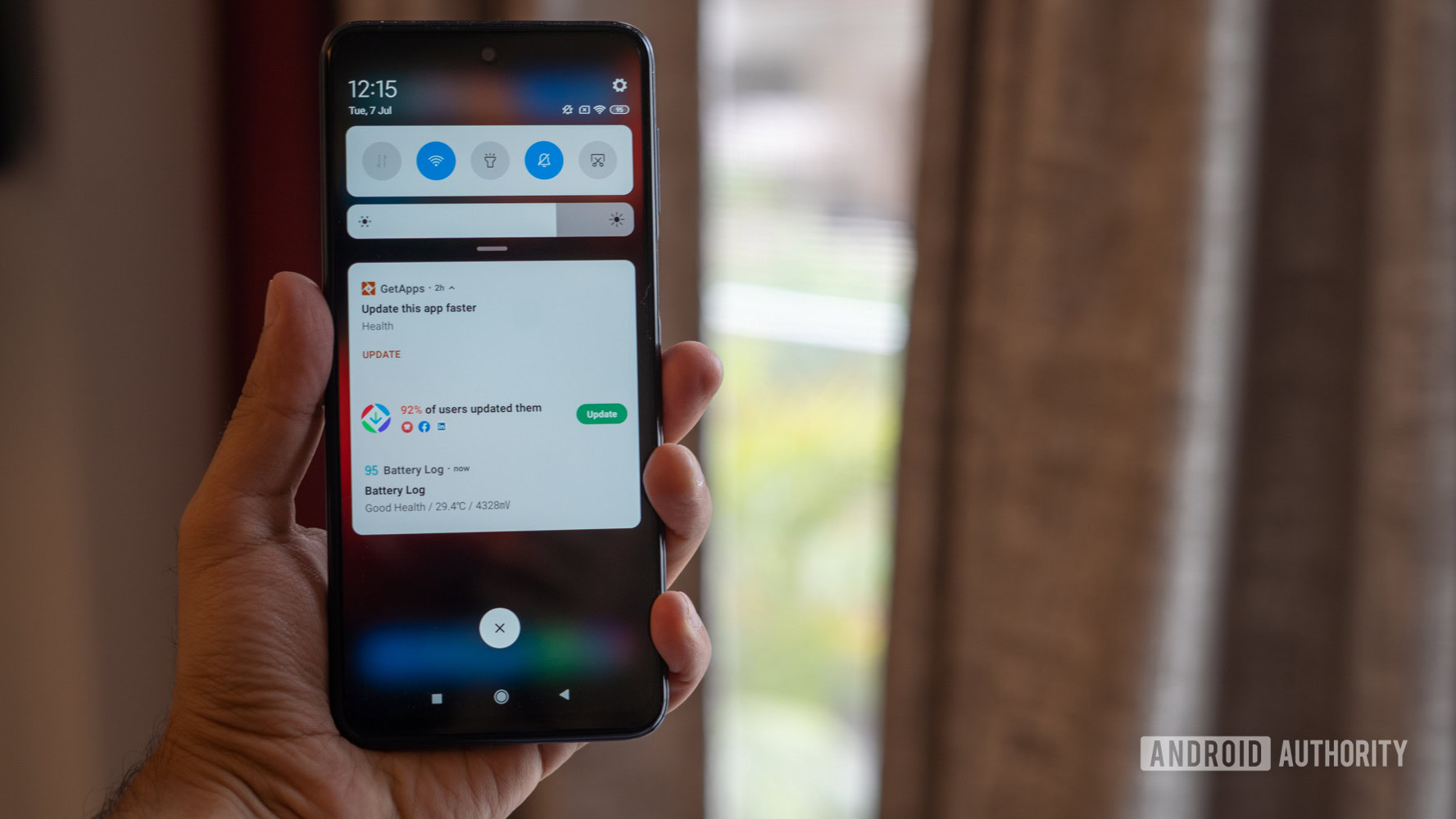
“There’s a price to pay if you want to make things better, a price to pay just for leaving things as they are, a price for everything.” – Harry Browne
The arrival of low-cost, high-spec smartphones in recent years has brought along a monumental shift in the business model of selling smartphones.
To highlight the most high-profile example, Xiaomi’s initial focus on low-cost phones upended the smartphone industry in markets like India in more ways than one. For smartphone buyers on a budget, the most immediate and apparent change was the broad availability of high-spec, affordably priced hardware. But there was a cost that had to be paid somewhere.
Yes, I’m talking about ads and bloatware. On phones from realme to OPPO to Redmi, bloatware is often disguised as helpful pre-loaded apps. Ads that take over the lock screen or home screen are now accepted as part of the deal when buying a budget phone.
There's a cost to be paid for cheap hardware, and that comes from software.
This problem has been further exacerbated by the increasing commoditization of hardware. As high-performance components have become cheaper, the number of smartphone options on the market has increased.
This race to offer the most hardware for your money isn’t all that hard to run, and it’s been a cinch for brands to copy the model ad nauseam, with some minor variations. However, there’s a cost to be paid for cheap hardware, and that comes from software.
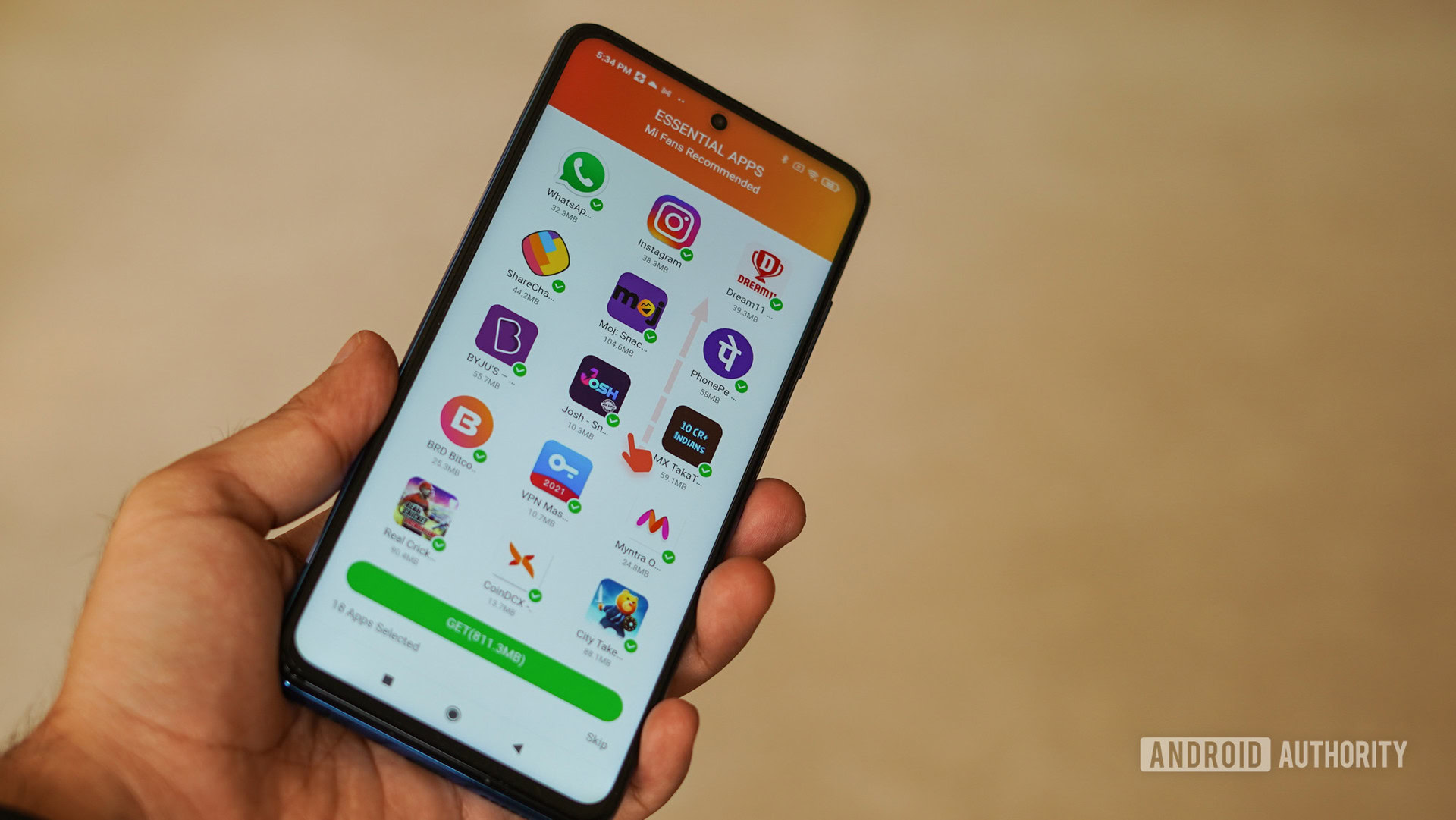
Your phone is now just a carrier for a company’s internet services, and there’s a sprawling ecosystem of micro-transactions taking place right in the palm of your hand. These micro-transactions happen in more ways than one, often without users realizing it.
The most blatant type of monetization, of course, is the overt advertising splattered across home screens, lock screens, notification bars, first-party apps, and sometimes even settings menus. Your idle lock screen or the white space in apps have become the most relevant billboards for advertisers.
Analytics gathered from these ads, like what you are clicking on and how much time you spend looking at an ad, are much more useful to advertisers than traditional ad space. It’s real-world, actionable data, and advertisers are happy to pay for it.
Deep analytics make your phone the perfect billboard for advertisers.
Smartphone shipments in markets like India measure in the hundreds of millions every year. The majority of these devices are sold at cutthroat prices and hardware revenues are predictably limited. In fact, some brands like Xiaomi are committed to keeping their margins to under 5%.
Recurring revenues from ads, however, make up for the hardware cost deficit. The profit potential is high enough that even premium brands like Samsung are now brazen enough to include advertisements in their high-end options.
Something needs to change.
Software updates are a mess, but how can they be fixed?
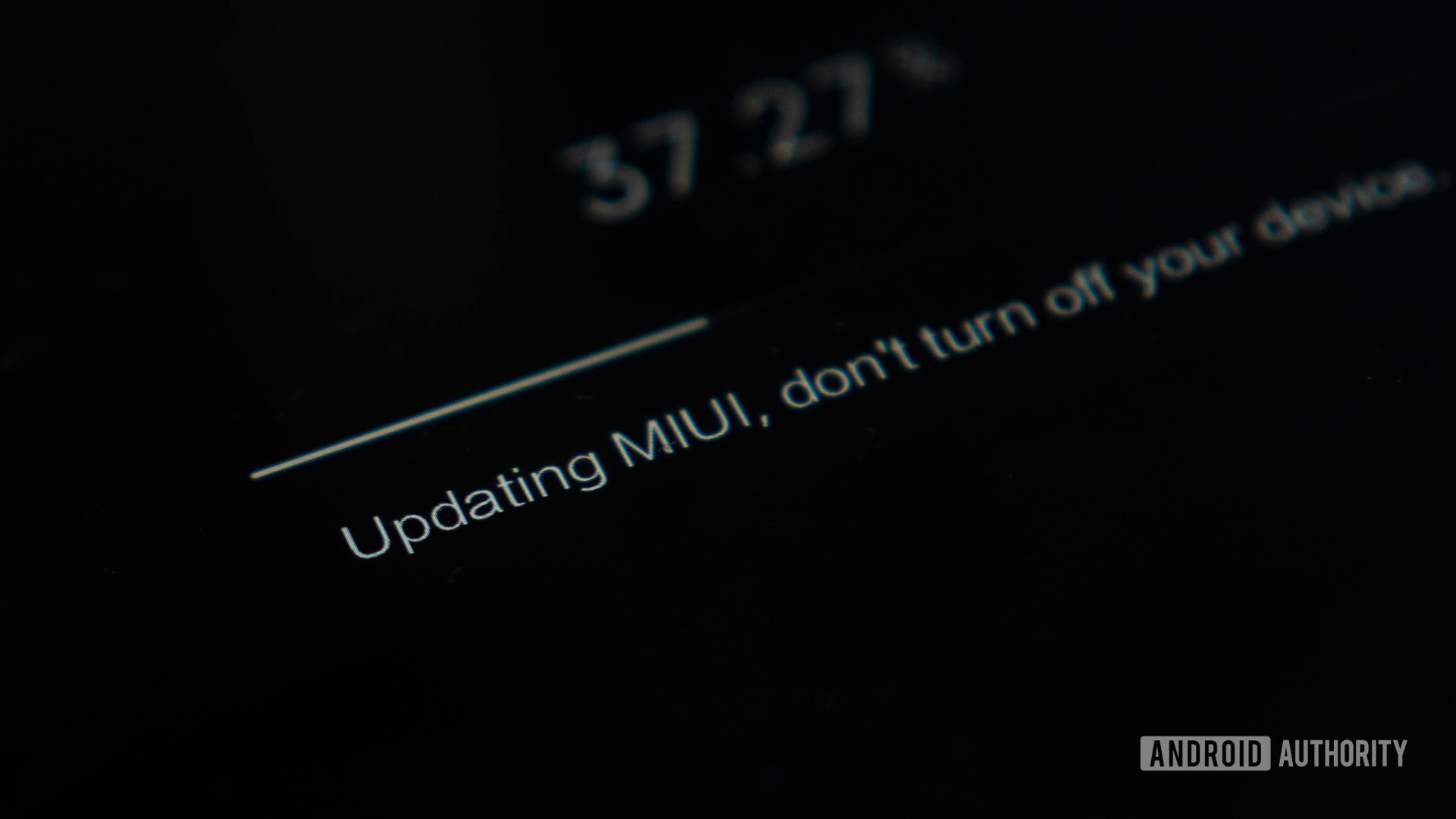
Ads and bloat aren’t the only issues on hand. The other big one is software updates. While it may not seem so, the problem of poor software updates is directly connected to the former issues.
Smartphone shipments are important for any brand, but they become doubly important when a major source of revenue comes from so-called “internet services.” The higher the volumes, the bigger the userbase, the more ads to be served, and the more money to be made.
One simple way to increase volumes? A steady glut of minor upgrades and variations. This constant drive to sell fresh hardware and flood the market with options has created a mess of software updates. From iffy schedules to limited or non-existent software support, the best you can hope for seems to be two major software updates at an unpredictable date.
Read more: Which manufacturer updates its phones the fastest? (Android 11 edition)
Sure, Samsung and OnePlus are getting better at offering long-term support for their phones. Unfortunately, those three years of updates are limited to just premium devices. It’s the entry-level and mid-range hardware that truly suffers. The OnePlus Nord N100, for example, gets a pitiful single update promise despite packing more than serviceable hardware. Simply put, it’s not enough.
Unfortunately, businesses care about maximizing profits, and the cost of supporting an entry-level phone might far outweigh any potential revenue from it. Long-term software support requires a dedicated team working on the phone, testing, and issuing monthly patches. Major Android updates require investment in the form of licensing, certifying, and deployment costs. Between the volume of variants and the costs involved, the math just doesn’t add up for many smartphone manufacturers.
Subscription-based software support could be a solution
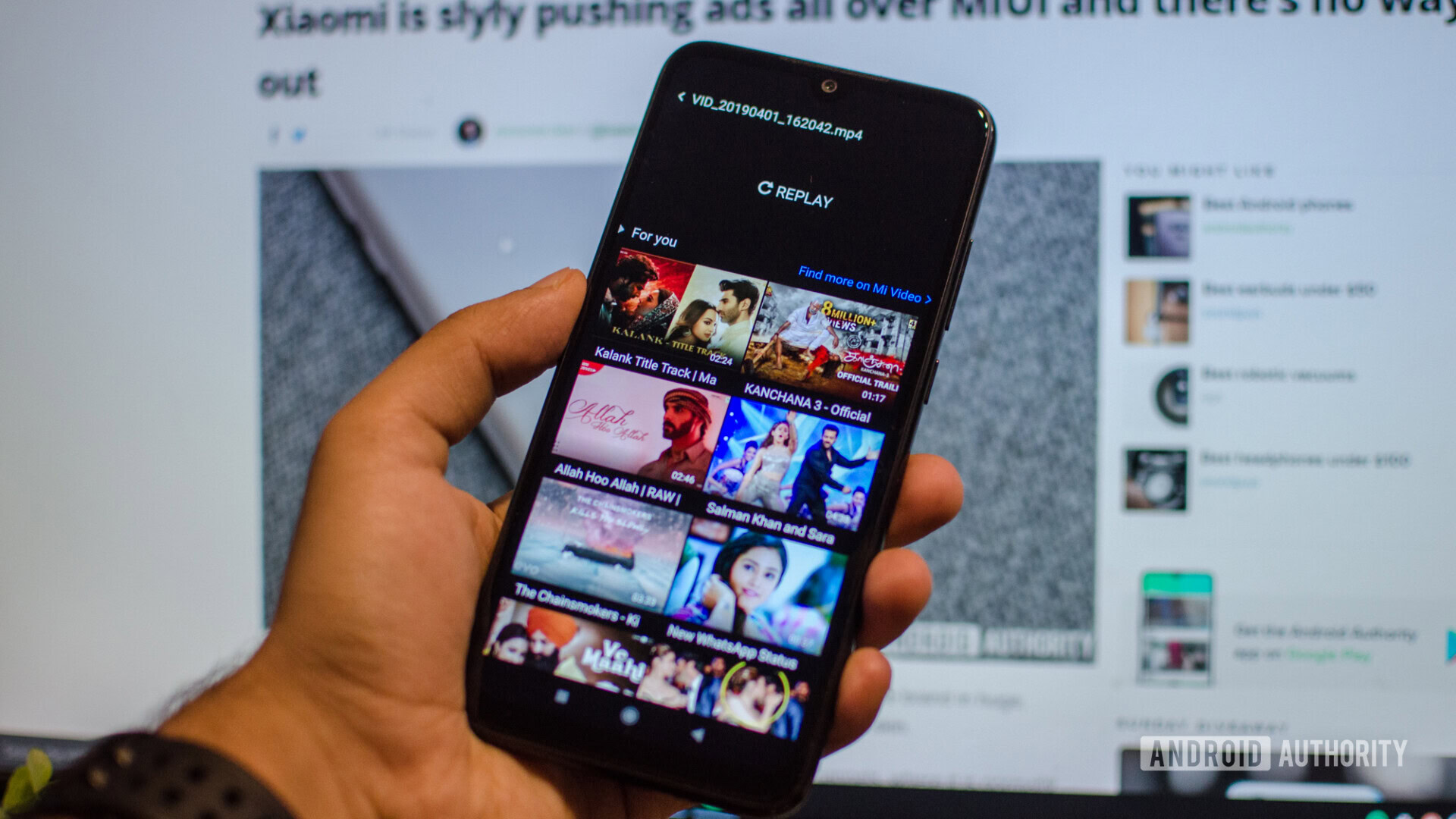
There could, however, be a solution at hand: A premium tier offering an ad-free experience and the promise of longer support could strike a balance between hardware costs and software support.
Before you chew me out, there’s a precedent for this. The Amazon Kindle ships with ads out of the box. A $20 fee removes this. For people who don’t care about the ads, it’s a price cut on the hardware. And those who do care have the option to get their preferred hardware free of ads, for a small one-time fee.
Similarly, desktop software like Microsoft Office or the Adobe Suite often includes a predefined duration of support, after which users are expected to pay to upgrade to the latest tier.
Smartphone manufacturers, particularly makers of budget devices, could integrate a one-time fee or a monthly subscription plan in exchange for better software and support. To really drive uptake, manufacturers could even toss in extras like cloud storage, as we’ve seen with the OnePlus Red Cable Club in India, or discounts on ecosystem products.
Paying for software upgrades isn't ideal, but it's a model proven to work.
Of course, not every buyer will upgrade to a premium tier of software, but enough will. If our poll estimates are anything to go by, most buyers would like more than three years of support, with a minimum of three years coming in at a close second.
Even a small percentage of the millions of smartphone buyers could generate enough revenues to make it work.
Xiaomi made a whopping 23.8 billion yuan (~$367 million) from its internet services business in 2020, and this number is only growing. There’s simply no incentive for brands to give up all this money on the table.
However, revenues from a premium software subscription could cover the cost of maintaining a team to handle updates while unlocking an ad-free experience. It would also be an easy PR win and a possible solution for the image problem budget-focused brands have in India and elsewhere.
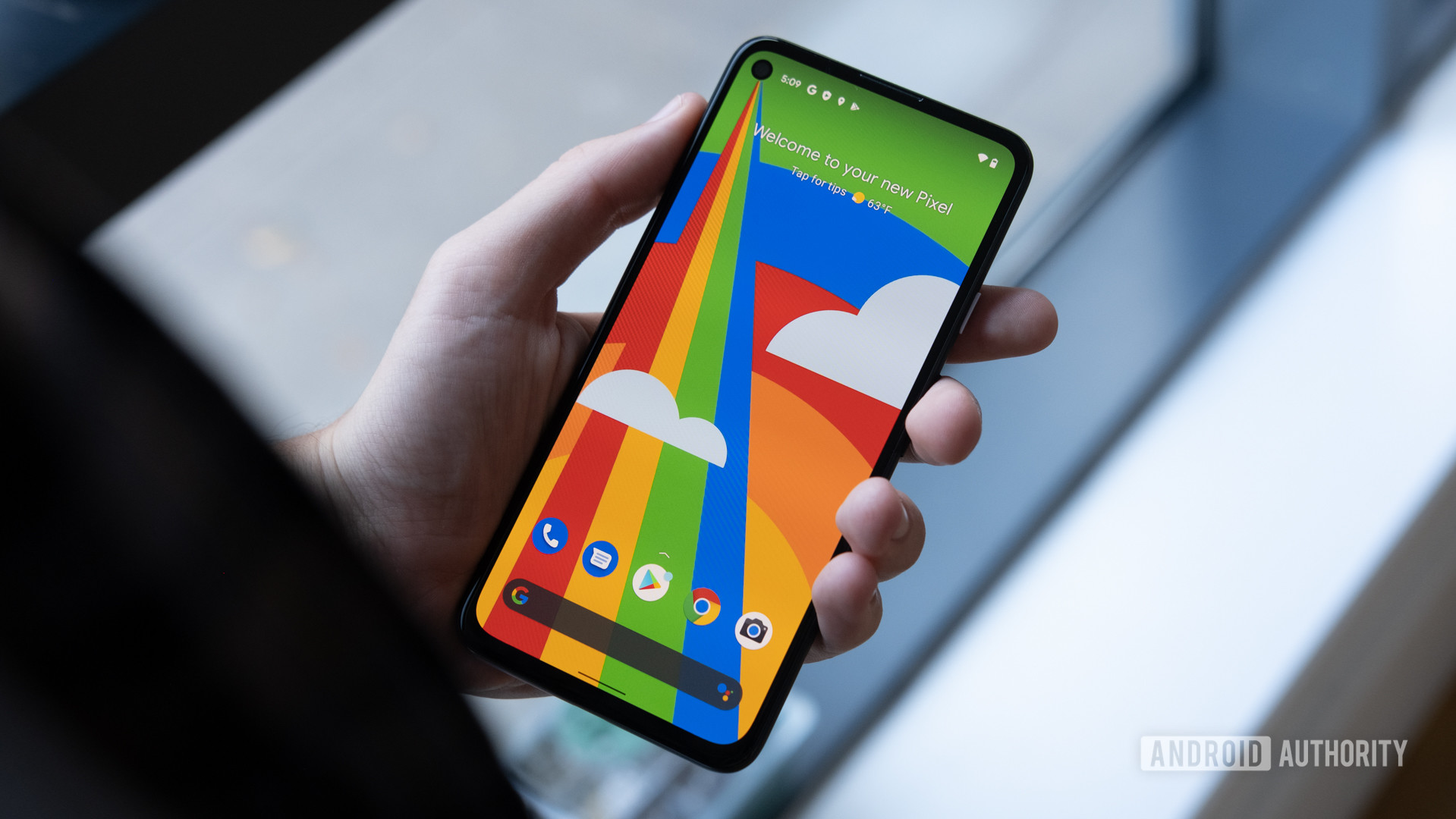
It’s not ideal, but having options is always great
For better or worse, the ad-subsidized model is working for the Indian smartphone industry. But it’s not working so well for the millions of buyers afflicted with the terrible side effects of this model. A subscription model could be the way out. It could ease the cost burden for buyers and make quality software more accessible while guaranteeing sustained revenues for the manufacturer.
Premium software comes at a cost, and buyers haven't been willing to pay it.
Realistically, do I want this? Absolutely not. In an ideal world, your smartphone should be entirely yours, both software and hardware. However, the state of the smartphone market in regions like India is such that no brand wants to risk breaking the status quo. Smartphone buyers are so used to affordable hardware that trying to go back to higher prices would be futile. Just look at HMD Global; its entire schtick has been fast updates and a clean software experience bereft of ads, but it’s barely making a dent in market share.
Would you pay for a premium software service on top of affordable hardware if it gave you a better software experience and promised long-term updates?